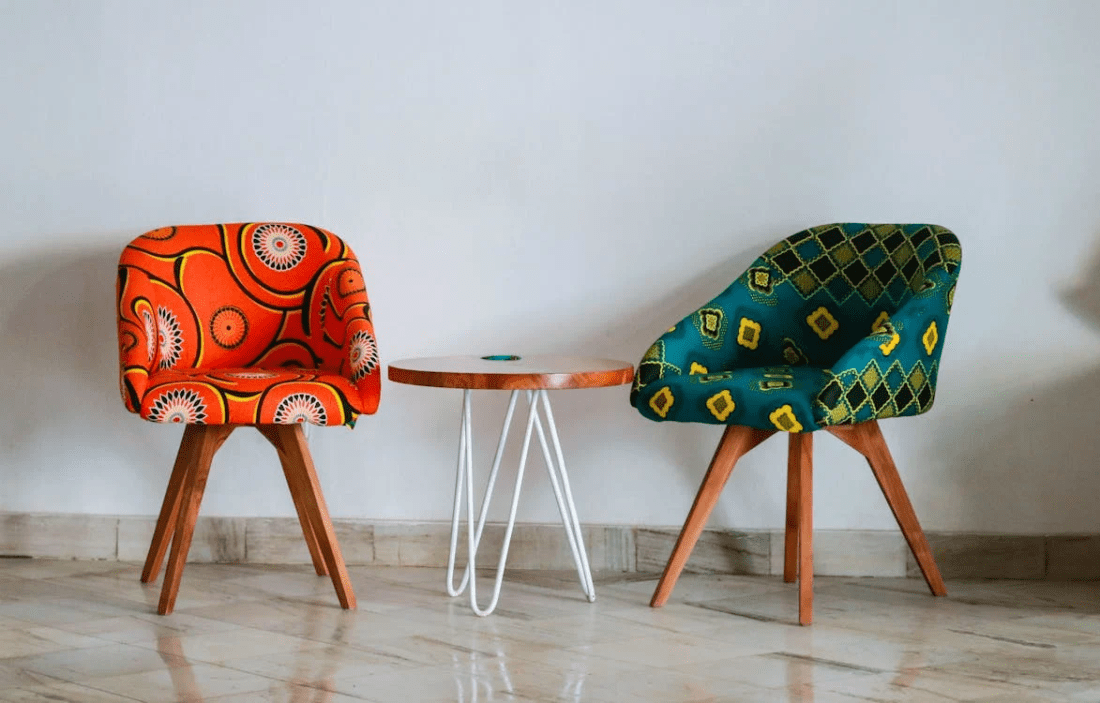Photo by Tatiana Syrikova: https://www.pexels.com/photo/girl-playing-inside-her-room-3933025/
Introduction
In today’s world, where sustainability and eco-friendliness are becoming increasingly important, it is essential to consider these principles even when choosing furniture for kids. Eco-friendly and sustainable furniture not only benefits the environment but also ensures a healthier living space for children. Understanding the significance of such furniture and exploring the various options available will pave the way for a more conscious approach to furnishing kids’ spaces.
Environmental Impact of Conventional Kids’ Furniture
Conventional kids’ furniture often contributes to environmental degradation through various means. From the extraction of raw materials to production processes and transportation, the lifecycle of conventional furniture can have negative impacts on the environment. Some environmental impacts of conventional kids’ furniture include:
- Deforestation to source wood for furniture production
- High energy consumption during manufacturing processes
- Generation of harmful emissions and pollutants
- Plastic waste from non-biodegradable materials used
- Carbon footprint from transportation and distribution
Materials Used for Eco-Friendly and Sustainable Furniture
Eco-friendly and sustainable furniture for kids is crafted from materials that are renewable, recyclable, or biodegradable. These materials are sourced responsibly, ensuring minimal harm to the environment. Some commonly used materials for eco-friendly and sustainable furniture include:
- Bamboo: Fast-growing and renewable resource
- FSC-certified wood: Sustainably harvested wood from responsibly managed forests
- Recycled plastic: Repurposed plastic materials to reduce waste
- Organic cotton: Chemical-free and biodegradable fabric
- Cork: Sustainable and renewable material with sound-absorbing properties
Eco-friendly and Sustainable Design Features for Kids’ Furniture
When designing eco-friendly and sustainable furniture for kids, incorporating specific features can enhance the green credentials of the products. For example, a high chair made from reclaimed wood with non-toxic finishes and adjustable components not only promotes sustainability but also ensures safety and longevity for the child. Some design features for eco-friendly kids’ furniture include:
- Non-toxic finishes and paints
- Adjustable and convertible designs for longevity
- Use of organic, natural fabrics
- Modular components for easy assembly and disassembly
- Reclaimed or upcycled materials for a unique and sustainable touch
Benefits of Eco-Friendly and Sustainable Furniture for Kids
Opting for eco-friendly and sustainable furniture for kids offers numerous benefits beyond environmental conservation. These benefits include:
- Healthier indoor air quality free from toxic chemicals
- Durable and long-lasting furniture that grows with the child
- Teaching children the value of sustainability and responsible consumption
- Unique and stylish designs that stand out in a room
- Contributing to a circular economy by supporting eco-conscious brands
Best Practices for Buying Sustainable and Eco-Friendly Furniture for Kids
When purchasing sustainable and eco-friendly furniture for kids, there are key practices to keep in mind to make an informed decision. These practices include:
- Researching brands with transparent sustainability practices
- Choosing durable materials that require minimal maintenance
- Shopping locally to reduce transportation emissions
- Opting for multifunctional furniture to minimize waste
- Prioritizing quality over quantity to invest in long-term pieces
DIY and Upcycling Ideas for Eco-Friendly Kids’ Furniture
For a hands-on approach to eco-friendly kids’ furniture, DIY and upcycling projects can be both fun and sustainable. Transforming old pieces into new armchairs for kids or repurposing materials for creative designs can add a personal touch to the furniture while reducing waste. Some DIY and upcycling ideas for eco-friendly kids’ furniture include:
- Upcycling old cribs into cozy reading nooks
- Painting and customizing thrifted chairs for a unique look
- Building bookshelves from reclaimed wood pallets
- Crafting play tables using recycled cardboard or sturdy paper
- Sewing pillow covers from repurposed fabrics for comfort and style

Photo by ERIC MUFASA: https://www.pexels.com/photo/two-assorted-color-padded-chairs-near-side-table-1350789/
Conclusion
In conclusion, choosing eco-friendly and sustainable furniture options for kids is not only a responsible decision for the environment but also a mindful choice for creating a safe and healthy living environment for children. By understanding the environmental impacts of conventional furniture, exploring sustainable materials and design features, reaping the benefits of eco-conscious choices, following best practices for purchasing, and exploring DIY and upcycling ideas, parents can ensure that their kids’ spaces are as environmentally friendly as they are stylish and practical. Let’s strive to create a future where sustainability and style coexist harmoniously in every piece of furniture that adorns our children’s rooms.




